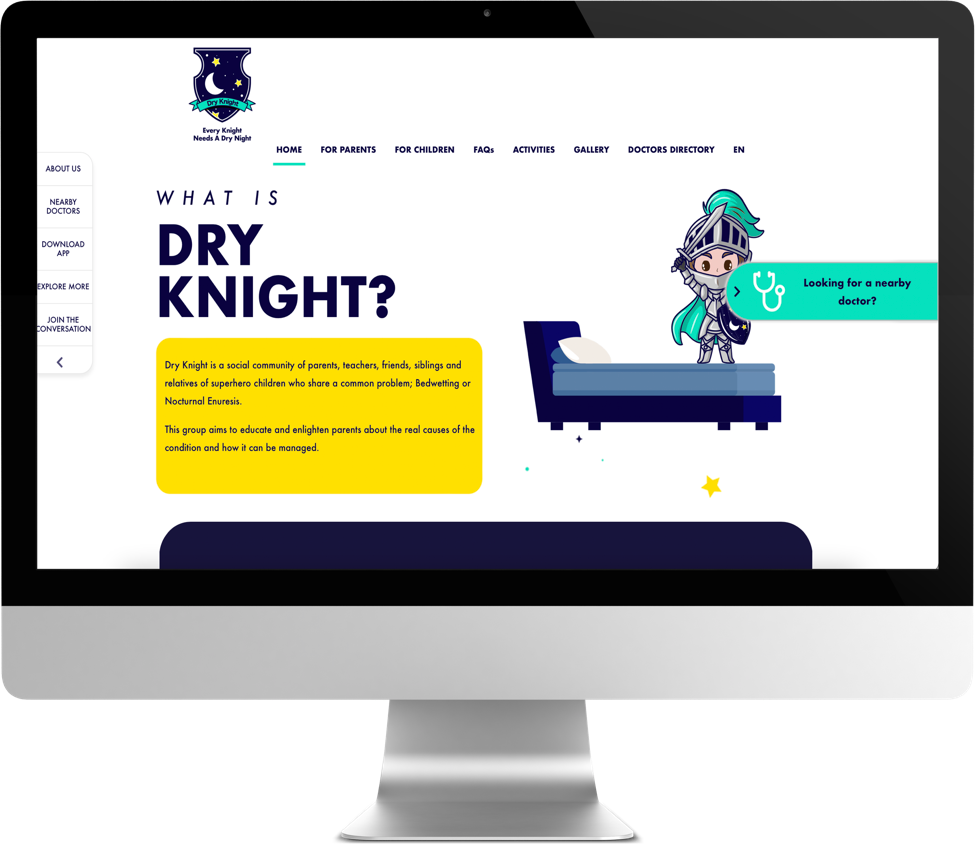27-7-2023
A
s we all know, eCommerce relies on a seamless customer experience across all of your company’s assets. Customers should be able to have the same shopping experience regardless of whether they purchase through your website, mobile app, or physical store. While we’ve spent a lot of time talking about how important it is to optimize your website and mobile experiences, there’s one aspect of bridging your physical and digital shopping experiences that has received less attention: eCommerce and Point Of Sale integration. Today’s digital world has put a huge emphasis on value for little money. Indeed, one common phrase used to describe free services is “if you’re not paying for it, you’re the product.” Data collected in the background areas of applications is extremely valuable.
Many online ordering services, on the other hand, double dip. Not only do they obtain useful information, but the restaurant must pay to use the service. This is usually accomplished by charging a commission for each order placed online.
At its most basic, “integration” simply means figuring out how two service providers can communicate in order to provide a solution that works with your business model, in this case, your POS system and your eCommerce platform itself.

Connecting the Two Systems
As a result, the conversation about integration begins with the eCommerce partners who supply your platform. There are several typical scenarios for deploying a POS system and integrating it into an existing eCommerce platform:
Built-in POS: If a retailer is lucky enough to have an omnichannel eCommerce platform implemented there may already be a POS system available that simply needs to be “turned on”. A true point of sale integration is simply another “store” that a customer is shopping. The POS will feature a unique interface for running product search, order creation and customer account lookup – designed with an emphasis on speed and quick access.
Connection As a Plugin: If you’re forced to maintain two disconnected systems, between eCommerce and POS, the best solution may be to install a separate plugin or module built specifically for your setup (“Platform X to POS Y”). Unfortunately, relying on a plugin product means that you’re going to be forced to maintain another product and keep data in sync across both platforms. The integration between both systems requires that both the eCommerce platform and the POS can make data available and incorporate data from another system in an effective way.
Custom Integration: The most comprehensive type of integration, this approach involves working with your eCommerce and POS partners to develop custom code that allows the two systems coordination. When there are no out-of-the-box solutions and the systems aren’t playing well together, the only remaining option is to look for customizable stand-alone services. There are obvious downsides to this type of integration including an additional vendor to deal with, another piece of software that can break or mess up data and added expenses (both time and money). However, if a POS is already in place and the integration options are limited, this may be the best (and only) option to accomplish a true eCommerce / POS integration.
Clearly, custom integrations offer the most flexibility, though they tend to be more complicated. Many eCommerce platforms come standard with closely-connected frontend and backend interfaces that make more advanced integrations tricky. If so, you’ll need to work with your providers to see which options are available.
But Why Using Your Own System?
Self-Reliance
You can stop depending on someone else’s bottom line when you own the system. Third-party online ordering platforms have the ability to abruptly adjust the commission rate through a short notification. You are more likely to be free from the demands of a third party if you have your own system. Additionally, you may modify your menu and pricing as you see fit without worrying about how it would work with a different system.
Bottom line
If you sell more, you should have a better profit margin. However, commission-based systems strip that cash away. This means that as your online system gets more popular, the profit margin stays the same. However, if you make your own system, that profit margin can keep going up with order volume.
Customer Loyalty
You can control quality if you are able to keep orders in-house. Nobody desires for their order to be incorrect. Customers may be confident that their orders are being handled accurately by keeping everything in-house. That results in additional customer trust and loyalty.
Information is Valuable
When you worked hard to get customers, you want to be able to use that information as you see fit. If you don’t own the data, you can be locked out from it. Or worse, it can be hidden behind a pay-wall where they extort more money from you to get your own data. Instead by owning your own data, you are never locked out from understanding current and future trends.
GIGO (Garbage In, Garbage Out)
Numerous free software programs don’t have any updaters. Future issues and defects are further exacerbated by this. A mistake in the order-taking system could result in lost business. Instead, working with a software as service provider where you own the data is the best option. In fact, Takeaway Solutions operates in that manner. You preserve the essential hold of data while also receiving the streamlined assistance of a continuously updated product.
That’s exactly what Techs Factory Solutions does. You get the smooth support of a continually updating product, while still maintaining the crucial hold of data. To learn more about how this solution may fit your shop, please contact us.
Six Advantages of eCommerce POS Integration
“Having an integrated view of your clients and business requires integrating your POS and e-commerce website. Offering your clients, a seamless omnichannel shopping experience and giving your team a 360-degree view of your sales performance and customer journey, inventory, orders, gift cards, and more all sync”.
Here’s a more in-depth look at some of the specific advantages.
Sell In Multiple Locations at The Same Time
Keep in mind that the main objective is to be where your customers are. You cannot physically be in two places at the same time, but your ecommerce POS integration can.
By combining your offline and online channels into a single POS, you’ll gain a comprehensive view of your customers and business without the stress of manually adding up numbers.
Real-Time Inventory Visibility Helps You Avoid Overselling
Any business owner or ecommerce manager understands the importance of inventory management.
You won’t have to worry about overselling products or shortchanging your customers’ orders if you have a direct line of sight to inventory. This is especially important if you plan to run a buy-online-pickup-in-store (BOPIS) or click-and-collect business. Customers must be assured that the item they order for pick-up at your store will be available.
Data Is No Longer Manually Entered
Integrating an ecommerce POS system eliminates the need to manually enter data. The ability to manage your product information in one place and not have to update it yourself is a significant benefit. If the POS syncs order information from online orders (or vice versa), you’ll have one less place to reconcile data.
This not only saves you a headache, but also a significant amount of time. This is time that you can now invest elsewhere in your company.
Cross-Channel Promotions and Discounts Are Available
Many ecommerce platforms make it simple to enable promotions within their own system, but integrating a POS system takes it a step further.
You no longer have to choose between applying all of your promotions to online and offline channels.
Enabling promotions with your POS system adds a layer of personalization and customization to your store.
Learn More About Your Customers and Make Use of The Information You’ve Gathered
They can help you learn a lot about your customers, just like most technologies you integrate into your business.
Integrations of ecommerce POS systems are no exception. You gain clear insights into customer sales behavior by integrating your POS. As a result, your customer relationship management will improve (CRM).
Enhance The Customer Experience
You create a seamless experience for your customers by connecting your POS system to your online store. You enable them to pay in a variety of ways with POS software, make online ordering simple, and even integrate marketing initiatives such as loyalty programs.
This integrated solution will boost customer satisfaction while also meeting business needs in real time.

Academic Research Enrollment & Judging System for AlQuds Academy
Educational, Nonprofit Organizations
Brand Promotional Website & Doctors Classified for Dry Knight
Educational, Medical, Corporate, Classified
Ring for mer informasjon og feilsøking
imponert? Kontakt oss for å fordype deg dypere og avdekke mer om det du har vært vitne til. Utvid din kunnskap med oss.
Discover more


